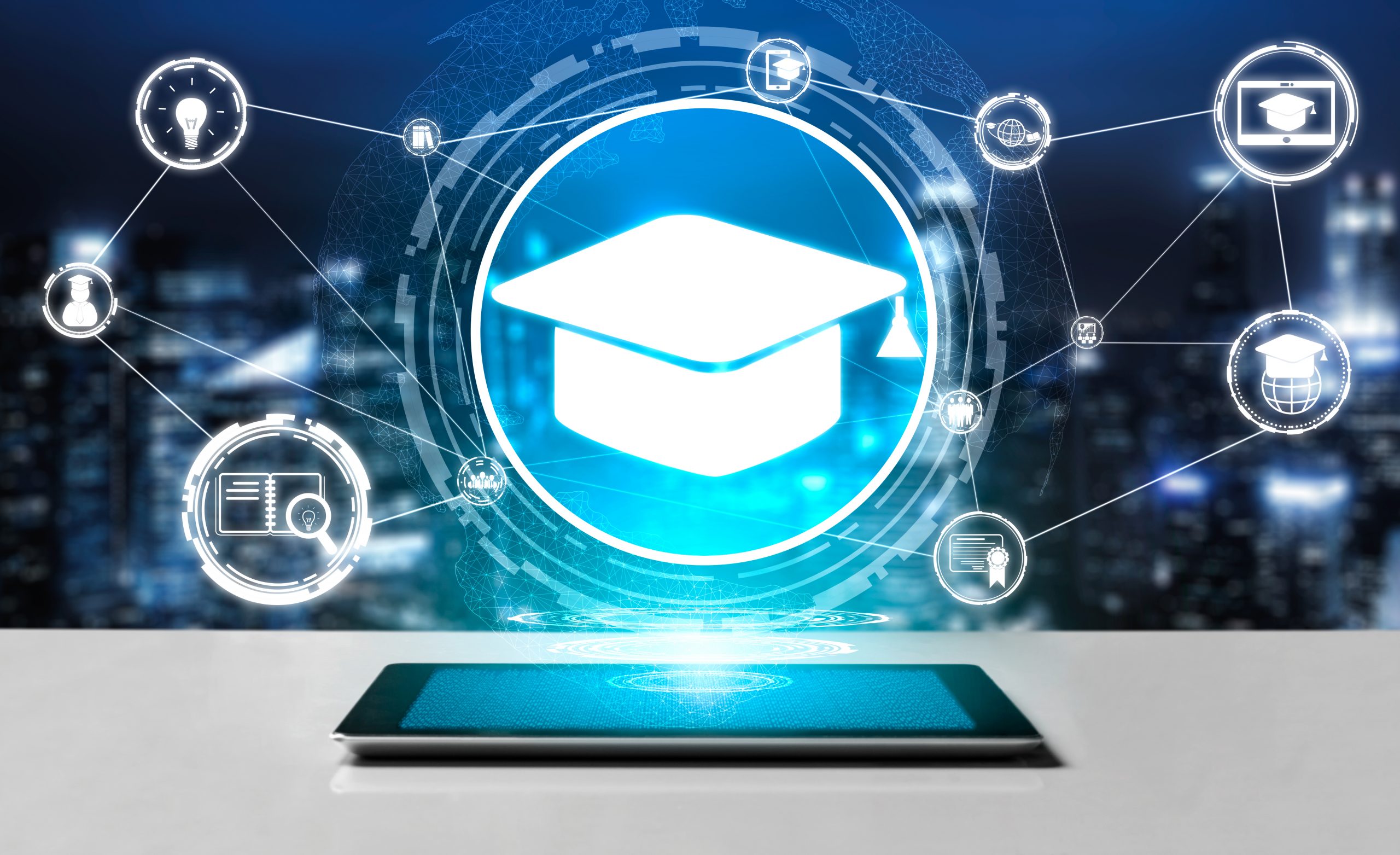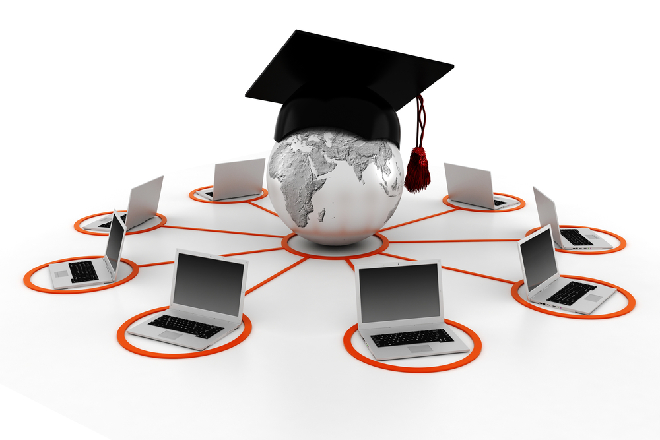Comprehensive Business Guides for Advancing Technology Education in Schools and Colleges
The integration of modern technology education into institution and university curricula has become an essential necessary in preparing trainees for a progressively electronic workforce. What details approaches can be adopted to optimize their impact on both trainees and educators?
Relevance of Innovation Education
As innovation continues to evolve at an unmatched speed, the importance of technology education has actually ended up being increasingly obvious in today's culture. The assimilation of innovation right into numerous facets of life demands that people have a fundamental understanding of technological concepts and applications. This knowledge not just enhances employability but likewise promotes critical reasoning and analytic skills important for browsing a dynamic labor force.
In educational establishments, technology education gears up students with the ability to adapt to rapid adjustments in markets driven by innovation. It urges creative thinking and equips learners to engage with emerging innovations, from expert system to data analytics. In addition, innovation education advertises digital proficiency, which is essential in an era where info is easily available yet usually deceptive.

Trick Parts of Effective Guides
Reliable overviews for modern technology education have to encompass numerous vital elements to make certain that learners get one of the most from their experiences. A well-defined educational program is vital, outlining the goals, discovering outcomes, and the skills to be established. This curriculum should be consistently updated to show the swiftly evolving technological landscape, ensuring relevance and applicability.
2nd, comprehensive resources that consist of books, on-line materials, and hands-on devices are vital. These sources should be diverse and available, satisfying different discovering choices and designs. Additionally, incorporating real-world scenarios and study can enhance understanding and interaction.
Third, assessment approaches need to be included to examine student progression successfully. These assessments ought to be varied, including summative and formative analyses that straighten with the discovering objectives.
Additionally, professional growth chances for teachers are critical. Training programs and workshops can outfit teachers with the most up to date technical advancements and instructional methods.
Finally, fostering a joint knowing atmosphere encourages peer communication and expertise sharing. By consisting of these vital parts, guides for innovation education and learning can dramatically improve the discovering experience, preparing pupils for future difficulties in a progressively electronic world.
Structure Industry Collaborations
Structure solid industry collaborations is a crucial facet of boosting technology education. These cooperations between schools and businesses produce a dynamic ecological community that benefits companies, instructors, and trainees alike. By cultivating partnerships with sector colleges, universities and leaders can align their educational programs with the developing demands of the task market, making sure that trainees obtain pertinent skills and understanding.
The growth of teaching fellowships, apprenticeships, and mentorship programs acts as a cornerstone of these partnerships. Such chances give trainees with hands-on experience, boosting their employability and sensible understanding of technology applications. In addition, industry partners can supply understandings right into emerging trends and technical improvements, enabling teachers to adapt their mentor techniques appropriately.
Furthermore, partnerships can assist in accessibility to resources, such as equipment, software program, and financing for research study jobs. These contributions improve the learning atmosphere and make it possible for organizations to remain at the leading edge of technical development. Eventually, constructing durable industry partnerships is important for cultivating an experienced labor force that meets the requirements of today's quickly altering technological landscape, while also driving financial growth and competition in the more comprehensive community.
Implementing Technology Programs
Applying technology programs within schools calls for a calculated technique that prioritizes both curriculum advancement and source allowance. To launch effective innovation assimilation, institutions have to first evaluate their existing framework and identify voids in resources, including equipment, software application, and workers training. This analysis allows colleges and colleges to produce a tailored strategy that aligns with their details instructional goals.
Next, it is important to establish a thorough curriculum that includes emerging innovations and industry requirements. Collaborating with teachers, sector specialists, and stakeholders can make certain that the curriculum stays efficient and relevant in preparing trainees for the labor force (Insurance). In addition, professional advancement for professors is important, as it furnishes teachers with the skills essential to effectively instruct new technologies
Furthermore, organizations should emphasize the relevance of hands-on understanding experiences, such as workshops and labs, that enable trainees to apply theoretical expertise in useful settings. This experiential technique improves involvement and promotes crucial thinking. Safeguarding lasting funding with grants and partnerships go to this web-site can aid expand and keep technology programs, making certain long-lasting success and flexibility in an ever-evolving technological landscape.
Determining Success and Outcomes
Examining the success and results of modern technology education programs is essential for confirming their influence and assisting future enhancements. Effective measurement frameworks need to incorporate both qualitative and quantitative metrics, providing an extensive sight of program efficacy. Key performance indicators (KPIs) such as trainee enrollment numbers, retention rates, and training course conclusion percents provide valuable measurable data.

Integrating standardized evaluations can better examine pupils' technical proficiencies and readiness for the labor force. Benchmarking versus similar establishments enables contextually appropriate contrasts, highlighting areas for development.
Ultimately, the constant analysis of technology education programs fosters a culture of enhancement, guaranteeing that they evolve in alignment with market demands and academic standards. By methodically determining success, organizations can not only demonstrate accountability to stakeholders yet additionally enhance their offerings, thereby improving the finding out experience and preparing trainees for the ever-changing technical landscape.
Verdict

The combination of innovation education into institution and university educational program his response has become a vital important in preparing students for an increasingly electronic labor force.As modern technology proceeds to advance at an unprecedented pace, the relevance of modern technology education and learning has actually come to be increasingly evident in today's society.In academic institutions, innovation education outfits students with the capability to adapt to quick modifications in markets driven by advancement. By focusing on technology education, establishments can cultivate a generation of informed people qualified of leveraging innovation for individual and societal development. The implementation of robust assessment methods makes it possible for organizations to determine success and outcomes, inevitably improving the overall effectiveness of innovation education initiatives and preparing students for future obstacles.